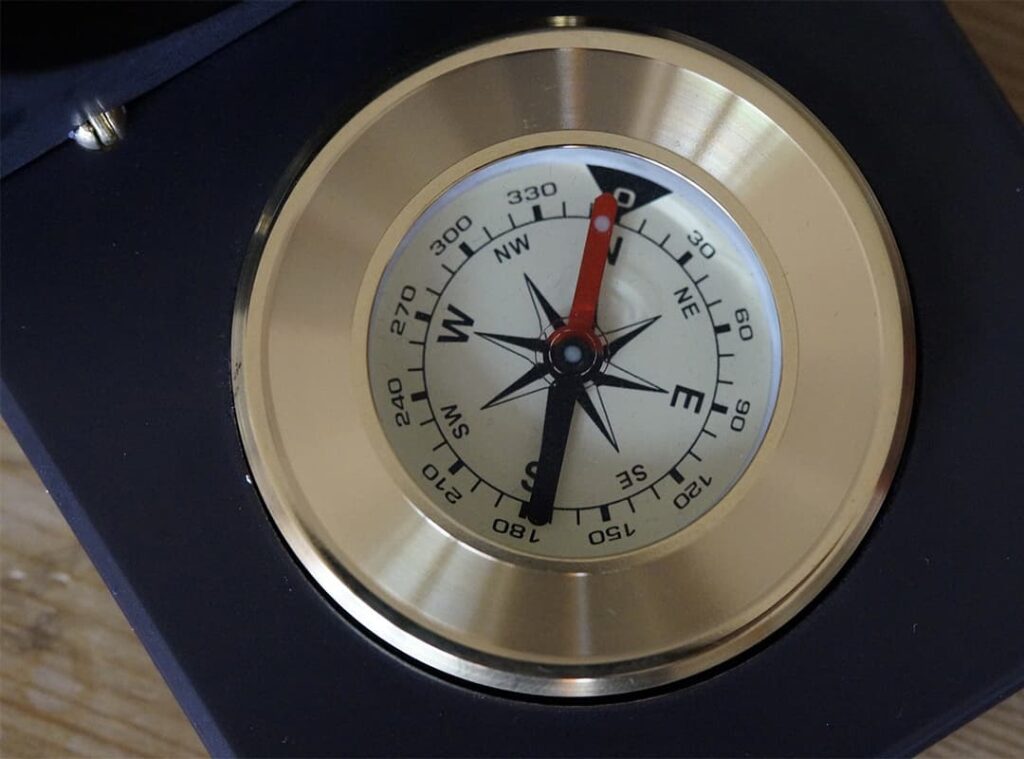Orienteering is a sport in which competitors cover a course with checkpoints located on the ground on their own, using only a map and compass.
Orienteering competitions are held in the following types in a given direction (the number of control points and the sequence of their passage is determined by the judges), on a marked course (the participant covers the course marked on the ground with flags, colored paper, etc. and marks the location of control points located on the course on the map), optional (the participant chooses the sequence of passing the control points), orienteering along trails or trail orienteering (the participant covers the course in a given direction, moving only along trails or paths; several signs are placed in the area of the control point, from which the participant chooses the one that corresponds to the legend), micro-orienteering (the participant covers the distance in a given direction, several signs without a number are placed in the area of the control point, from which the participant chooses the one that corresponds to the legend and the center of the control point circle on the map).
The classification of orienteering competitions is carried out depending on:
- means of transportation;
- length of the course;
- interaction of athletes during the course;
- time of day of the competition;
- determination of the result of the competition;
- the nature of the scoring;
- representation of participants and the level of the competition;
- the level of the classification standards, i.e. the class of the course.
Depending on the means of transportation, orienteering competitions can be run, ski, bike, etc. If it’s a competition for the disabled, the athletes move around in wheelchairs and with the help of crutches, canes, or sticks.
Another factor that distinguishes competitions is the length of the course. There are supersprint (1 kilometer long with 5 checkpoints), sprint, short, medium, long, elongated, long, and marathon distances.
Depending on the time of day, there are daytime (during daylight hours) and nighttime (in the dark) competitions.
Depending on the interaction between the participants, orienteering competitions can be: individual – team members cover the distance independently and independently of each other; group – two or more participants cover the distance together; and relay – the distance is divided into separate stages that are covered sequentially or in parallel by team members, following the rules of individual competitions.
Participation in competitions can be scored as follows: individual – the results are scored for each participant separately; team – the results are scored for a team whose members compete in the same type of program and in the same group; individual-team – the results are scored for both each individual participant and the team whose members compete in the same type of program and in the same group; team – the results are scored for a team whose members compete in different types of orienteering, at different distances, in different groups, etc.
